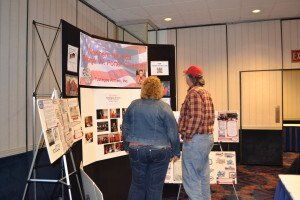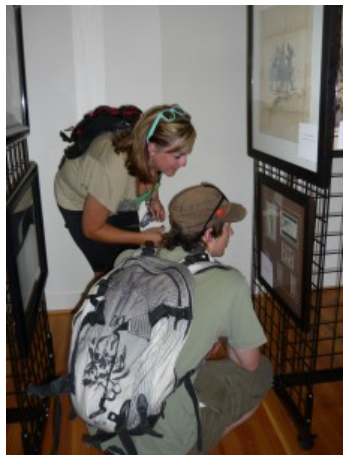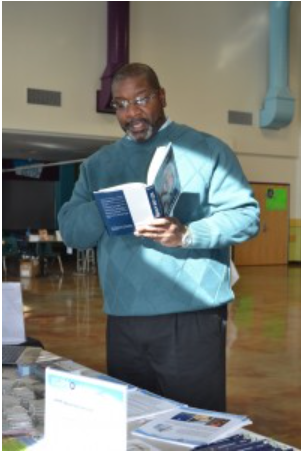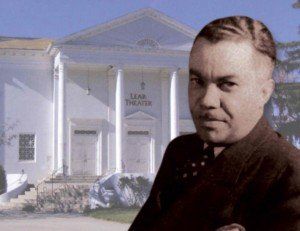Paul R. Williams
Paul R. Williams (1894-1980), was an African American architect who largely based his practice in Los Angeles and the Southern California area. Williams began his studies at the Los Angeles School of Art and Design, and the Los Angeles branch of the New York Beaux-Arts Institute of Design Atelier. He went on to attend the University of Southern California, designing several residential buildings there.
Williams served on the first Los Angeles Planning Commission in 1920, and became a certified architect in 1921. He was the first certified African American architect west of the Mississippi. Williams opened his own office at age 28, and was known as an outstanding draughtsman. He perfected the skill of rendering drawings “upside down”. This skill was developed so that his clients, who may have been uncomfortable sitting next to a “Black” architect, would see the drawings rendered right side up across the table from him.
Paul R. Williams was the first African American member of the American Institute of Architects (AIA). In 1939, he was awarded the AIA Award of Merit for his design of the MCA Building in Beverly Hills. In 1951, Williams won the Omega Psi Phi Man of the Year award, and shortly after that, in 1953, he received the Springarn Medal from the NAACP for his outstanding contributions as an architect. In 1957 he became the first African American to be voted an AIA Fellow. Williams also received honorary doctorates from Howard University, Lincoln University, and the Tuskegee Institute.
Mr. Williams famously remarked upon the bitter irony of the fact that most of the homes he designed, and whose construction he oversaw, were on parcels whose deeds included segregation covenants barring blacks from purchasing them.
Paul R. Williams designed hundreds of private homes, most of which were in the Hollywood Hills and the Mid-Wilshire portion of Los Angeles. His most famous homes were for Hollywood celebrities. One notable home of Williams design was later used for exterior scenes of the Clampett mansion on television’s “The Beverly Hillbillies”. His client list included Frank Sinatra, Lon Chaney, Sr., Lucille Ball, Tyrone Power, and Danny Thomas.
Mr. Williams also designed structures in Northern Nevada; the Lear Theater, the Garvey House, the Rafael Hermon House, the Loomis Apartments and El Reno Housing Project
Noted public buildings that Williams designed or contributed to include; the Shrine Auditorium, Los Angeles County Courthouse, Los Angeles County Hall of Administration, Saks Fifth Avenue (Beverly Hills), the Beverly Hills Hotel, and the United Nations Building (Paris).
Mr. Williams retired from practice in 1973.
Learn More!
Town and Country Up for preservation Protections
Wikipedia: Paul R Williams (Wikipedia Disclaimer)





